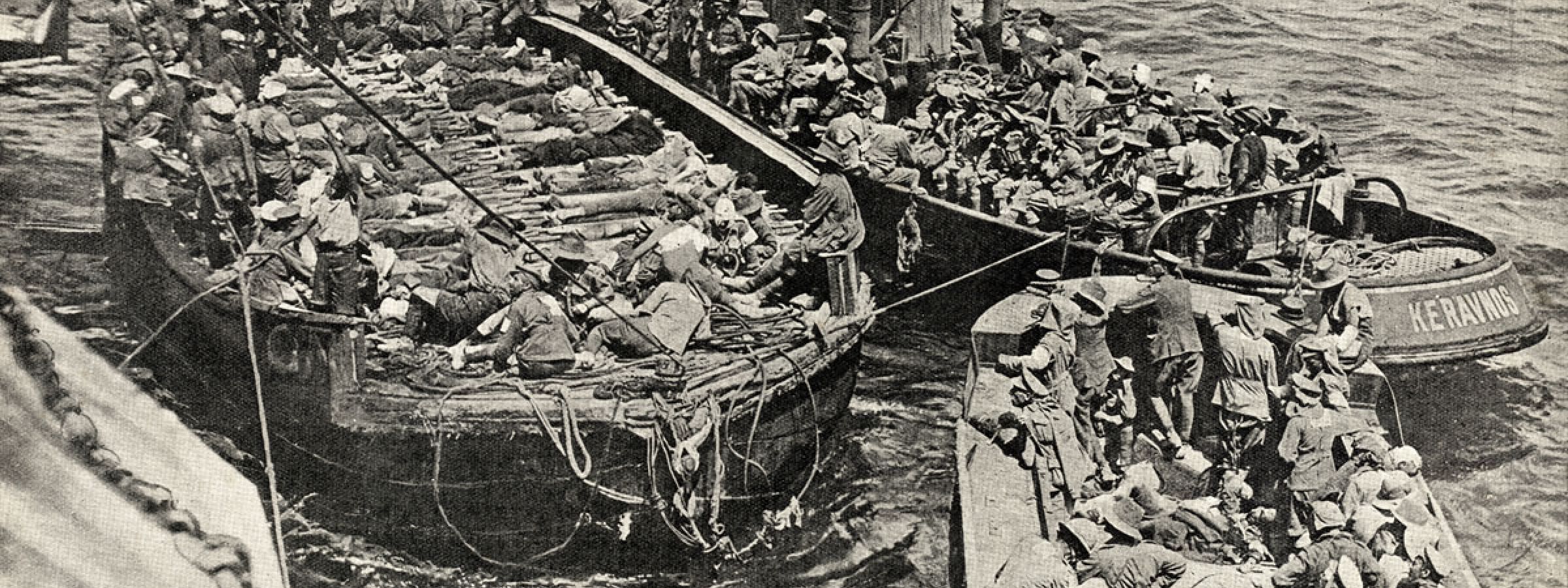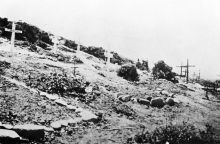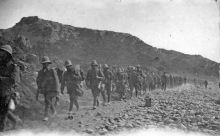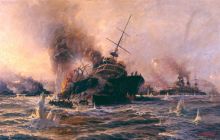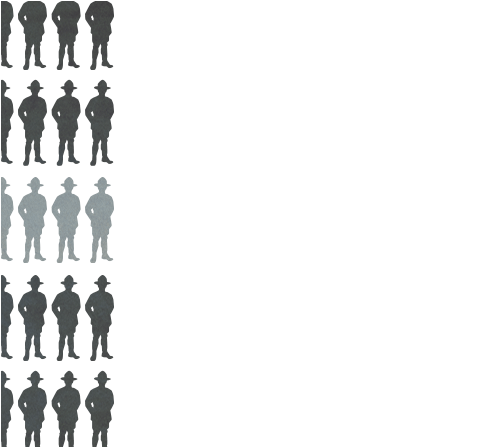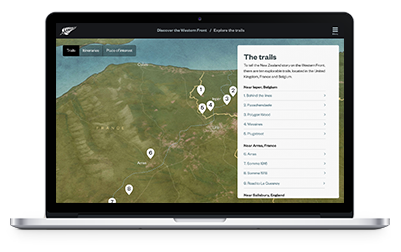Gallipoli was the first major campaign of the First World War in which large number of New Zealand troops took part. For a small country with a population of about 1 million people the impact of around 7500 casualties was major. But New Zealand soldiers formed only a small part of the Allied forces. At the time, Gallipoli was the world’s biggest maritime invasion. 75,000 soldiers landed on the Gallipoli peninsula on 25 April 1915. As well as New Zealanders, this force included soldiers from Britain, France, Australia, India and Newfoundland.
The enemy at Gallipoli was the Ottoman Empire, who had joined in November 1914 with Germany and Austria-Hungary to oppose the Allies. The Ottoman Empire was formed in 1299 and Constantinople, now Istanbul, was its capital since 1453. At its height, during the 16th century, the Ottoman Empire stretched across parts of Europe, Africa and Asia, including Turkey, Iran, Egypt, Iraq and parts of Hungary and Romania.
By 1915, the Ottoman Empire had declined and had been driven out of nearly all of Europe and Africa. The empire now included Turkey, Syria, Lebanon, Palestine, Jordan and Iraq. Nevertheless, it still controlled 28 million people, over 15 million of whom lived in Turkey.
The Ottoman Army was dominated by Turks. Most officers were Turkish and there were all-Turkish regiments. However, the rank and file included soldiers from different regions of the empire and non-Muslims. In letters and diaries, New Zealand soldiers at Gallipoli almost always refer to ‘the Turks’ rather than soldiers of the Ottoman Army. Allied soldiers gave nicknames to Ottoman soldiers including ‘Johnny Turk’, ‘Abdul’, ‘Jacko’ and ‘Little Mehmet’.
The Gallipoli campaign was a bloody campaign, with a total of nearly 400,000 men killed or wounded. It was a costly failure for the Allies, with an estimated 142,000 casualties. About half of these casualties were British and Irish troops. The number of Ottoman casualties is more difficult to establish, with estimates ranging from losses similar to the Allies up to an estimated 250,000 soldiers killed or wounded defending Gallipoli.
New Zealand suffered around 7500 casualties, about 5.6 percent of Allied casualties on Gallipoli. Australia suffered over 28,000 casualties, though fewer Australians soldiers were killed at Gallipoli than French. Though New Zealand and Australian casualties formed a relatively small percentage of the total, both countries had small populations, so the social effects of casualties were major.
It is difficult to determine the exact New Zealand casualty rate for the Gallipoli campaign as numbers vary in different publications, and they can be interpreted in different ways. General Sir Ian Hamilton, who commanded the Allied forces at Gallipoli, wrote in 1919 that a total of 8556 New Zealanders landed on the peninsula – with 7447 killed or wounded. This gives a casualty rate of 87%
Many historians now believe that Hamilton did not take account of all reinforcements and that there was a greater number of New Zealanders at Gallipoli than 8556. New Zealander Richard Stowers, who published Bloody Gallipoli in 2005, reckoned that about 14,000 Kiwis served on the peninsula. This would bring the casualty rate down to about 53%, very similar to the casualty rate of the Australians.
